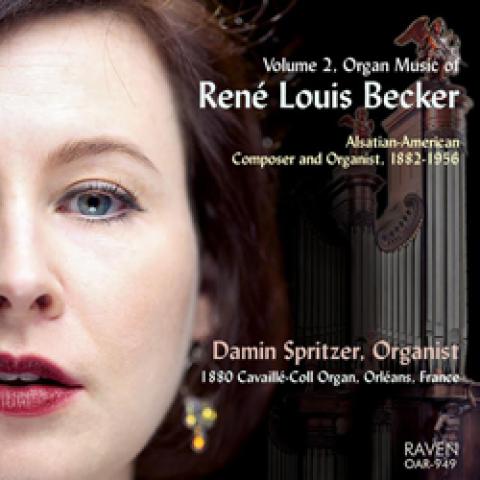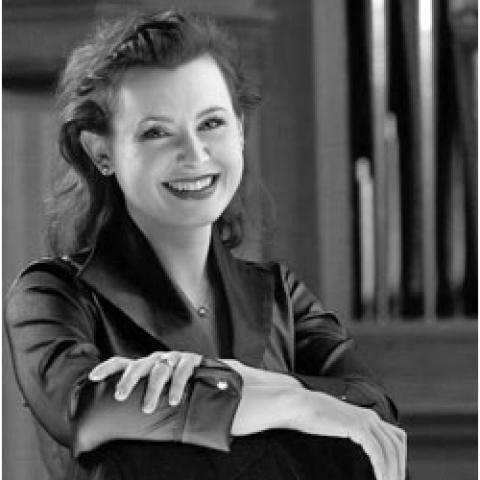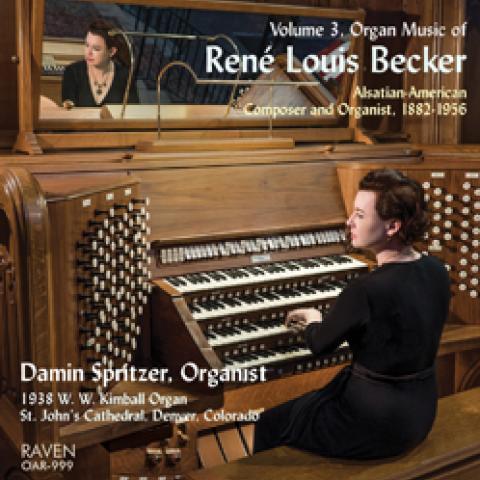
Damin Spritzer has been appointed full-time assistant professor of organ at the University of Oklahoma, where she served as visiting professor of music in 2014. She serves the Cathedral Church of St. Matthew in Dallas, Texas, as principal organist and artist-in-residence for the Cathedral Arts series, and has been adjunct professor at the University of North Texas, teaching organ literature and sacred music. Previous positions have included associate director of music and organist at University Park United Methodist Church in Dallas (2009–14) and at St. Rita Catholic Church in Dallas (2000–08), and positions in Atlanta, Rochester, New York, and near Oberlin, Ohio.
She has presented recitals at the 2012 Piccolo Spoleto Festival in Charleston, South Carolina, at the University of Houston 2012 Conference on Historical Eclecticism, and throughout the United States. A specialist in the life and music of René Louis Becker (1882–1956), Spritzer has presented lectures and recitals on Becker, including at the AGO regional convention in Austin, Texas (2013), at the University of Michigan 51st Annual Conference on Organ Music, and in Louisville, Kentucky, in 2012. She has written an extended preface for a forthcoming multi-volume critical edition of Becker’s organ works (Wayne Leupold Editions).
Upcoming and recent performances include Sainte-Croix in Orléans, France; with Pipedreams and the Texas Camerata in Dallas; Loyola University, Chicago; Broadway Baptist, Fort Worth, Texas; Methuen Memorial Music Hall; St. Malachy’s, New York City; a lecture on Becker at the 2016 National AGO convention, Houston; and with Aaron David Miller at the Walt Disney Concert Hall in Los Angeles.
In April 2011 Spritzer released a world-premiere recording of the music of René Louis Becker, recorded in Pithiviers, France, in 2010 at the newly renovated Cavaillé-Coll organ of the church of Saint-Salomon-Saint-Gregoire de Pithiviers. Her second volume of Becker’s organ music, recorded in 2013 at the Cathédrale Sainte-Croix d’Orléans in Orléans, France, was released in 2014 for Raven Recordings. Damin Spritzer has been heard on numerous radio broadcasts, including Pipedreams, With Heart and Voice, on RVM radio in Montréal, Québec, in the Netherlands on Het Orgeluur Grootnieuwsradio, on Sounds from the Spires, and on WRR 101.1 in Dallas, Texas.
Spritzer received a DMA degree from the University of North Texas, an MM degree in organ performance from the Eastman School of Music in Rochester, New York, and a BMus degree in organ performance from the Oberlin Conservatory of Music. She serves on the board of directors for the Leupold Foundation, which is dedicated to the preservation of pipe organ music and culture and has been active in the Dallas AGO chapter in various roles.
For information: daminspritzer.com





